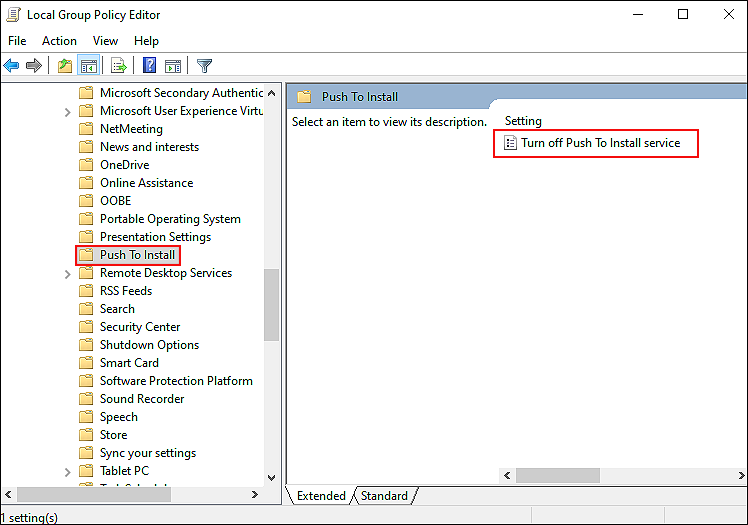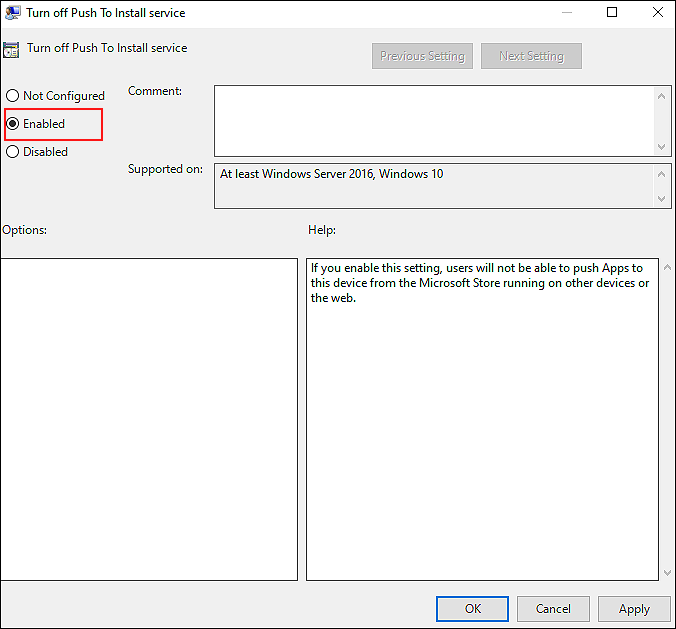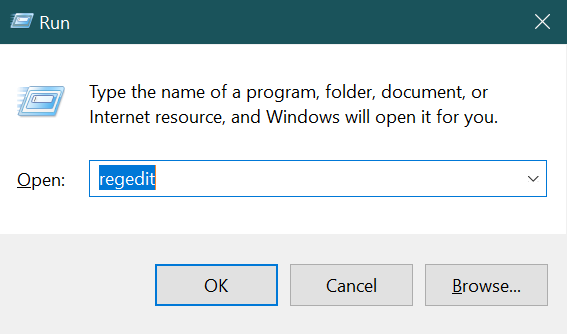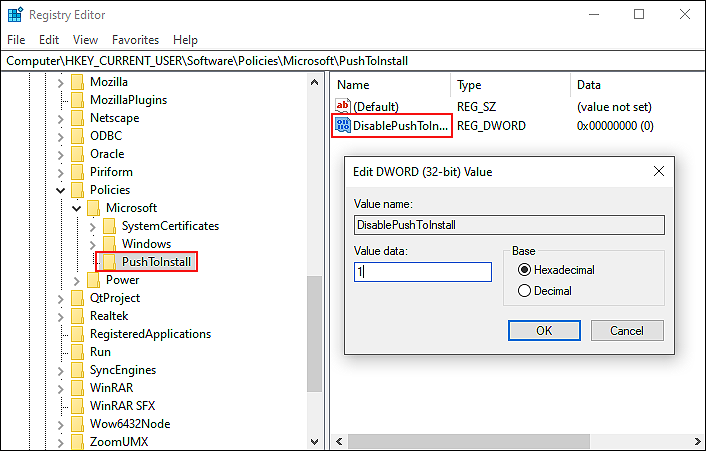Want to stop remote installation on apps on Windows 10?
Windows 10 has a feature called ‘Push to Install’, which allows users to install apps from the Microsoft Store on any connected device as long as the device is signed in with the same Microsoft account.
This feature can also be disabled if the users do not want to use it, and if you are reading this right now, it is reasonable to assume that you wish to do the same.
If that is the case, you are in the right place because this guide is going to walk you through the methods of doing so in detail.
Let’s jump right in!
1. Use the Group Policy Editor.
A feature on the operating system’s administrative side, Group Policy Editor allows administrators to customize the features to their specifications.
Group Policy Editor stores information about the Windows programs and processes in the form of policies. These policies can be modified according to specific requirements, which is what we are going to do in this method.
This method however will not work for users running Home Edition of Windows 10 and if this scenario is applicable, jump to the next method.
Here is how you can use the Group Policy Editor to stop the remote installation of apps on Windows 10:
- Press Windows + R keys simultaneously to open a Run dialogue box.
- Type ‘gpedit.msc‘ in the text field of the dialogue box and hit Enter. Doing so will launch Group Policy Editor.

- In the newly launched window, navigate to the location mentioned below.
Computer Configuration\Administrative Templates\Windows Components\Push To Install\
- In the right pane, locate Turn off Push To Install service and double-click on it.

- Click Enabled and hit OK to save the changes.

- Now check if required changes have been made. If not, then continue with the 7th step.
- Type cmd in the search bar and click on Run as administrator. This will launch elevated Command Prompt on your screen.
- Inside the Command Prompt window, type the command mentioned below and hit Enter to execute it.
gpupdate /force
That’s it.
This should stop the remote installation of apps on Windows 10.
2. Try Using CleanMyPC.
There are times when the junk files in our operating system prevent us from executing certain operations and if the methods mentioned in this guide are not working for you, then probably junk files are the reason behind it.
In this case, we recommend eliminating junk files from your PC first and then proceed with the methods we have listed.
The easiest way to eliminate junk files is with a reliable PC cleaner, and if you’re looking for a recommendation, we strongly suggest CleanMyPC.

Among the most popular PC cleaners on the market, CleanMyPC is the best, since it takes care of many common PC problems. It provides users with a host of system-maintenance tools to help keep their computers in great shape. Among the tools are a Multi-Uninstaller, a Speed Booster, and a Registry Cleaner.
To start, simply install CleanMyPC on your computer and scan your operating system using it. The tool will handle the rest!
3. Use the Windows Registry.
In Windows 10, it is also possible to stop remote installation of apps by modifying the Windows Registry.
Windows Registry provides advanced users with the same level of access to managing their operating systems as Group Policy Editor does. However, the information in Windows Registry is stored in the form of Registry keys, and we will be modifying the relevant keys in this method.
We recommend being extra careful while performing the steps mentioned below, as a slight error can cause serious issues within your PC.
Here is what you need to do:
- Open a Run dialogue box by pressing Windows + R keys simultaneously.
- Type ‘regedit‘ in the text field of the dialogue box and hit Enter. Doing so will launch Windows Registry on your PC.

- Inside the Registry Editor, navigate to the location mentioned below.
HKEY_CURRENT_USER\ Software\Policies\Microsoft\PushToInstall
- If you cannot locate the PushToInstall key, right-click on the Microsoft key and select the New > Key option.
- Rename this newly created key as PushToInstall.
- Now double-click on this newly created key and right-click anywhere in the right pane.
- Choose the New > DWORD (32-bit) Value option and rename this value as DisablePushToInstall.
- Double-click on DisablePushToInstall value and under Value data, type 1.

- Finally, reboot your PC to save the changes.
As simple as that!
You can enable this feature back in the future by following the steps mentioned above again and typing 0 under Value data in the 8th step.
This brings us to the end of our guide on ways to stop remote installation of apps on Windows 10. It was our aim to tell you each step in detail, and we hope that one of the methods explained so far was of help to you. In case you still have any confusion about the methods, please let us know in the comment section below!
If this guide helped you, please share it. 🙂





